Jeonju Donggosa Temple (동고사 (전주))
0m 12148 2024-04-07
103-100, Naksujeong 2-gil, Wansan-gu, Jeonju-si, Jeonbuk-do
+82-63-288-1626
Donggosa Temple, located on Seungamsan Mountain in Jeonju, is a Buddhist temple of the Taego Order. The hike up to Donggosa Temple is a refreshing climb, and the temple provides a stunning panoramic view of downtown Jeonju. The temple buildings were constructed one after another along the mountain ridge, and stand in a row on either side of Daeungjeon Hall. The temple is modest and tastefully decorated with portraits of deceased great Buddhist monks and wooden Buddhist murals. The hiking trail to the right of Donggosa Temple leads to Chimyeongjasan Martyrs Ground, which is the graveyard of persecuted Catholics from the late Joseon dynasty.
Chimyeongjasan Holy Ground (치명자산성지)
131.38311592825147m 17240 2024-04-07
89, Baramssoeneun-gil, Wansan-gu, Jeonju-si, Jeonbuk-do
+82-63-285-5755
Chimyeongjasan is a sacred site for those of the Catholic faith and a famous pilgrimage attraction in the southeastern region of Jeonju. Perched upon a steep ridge of Seungamsan Mountain behind Hanbyeokdang Pavilion, the area is the final resting place of well-known Catholic couple Yu Jung-cheol (John), Yi Sun-I (Rugalda), who vowed to remained virgins for all eternity. Situated upon the couple’s grave is “Miracle Rock,” a naturally formed rock that is said to be shaped like Jesus and the Virgin Mary. The site is also home to a 4-meter-high stone cross that can be seen from as far away as Hanbyeokdang Pavilion.
The 200-meter prayer hike named “The Golgotha Way of the Cross” is one of the most popular pilgrimage routes for Catholics visiting the mountain area. Leading up from the parking lot and Monmartre Square (rest place), the entire path to the summit is strewn with flowers, making the prayer walk an ideal place for a stroll and some quiet meditation.
Baramssoeneun-gil Road (바람쐬는길)
508.2356978140068m 0 2024-04-07
21 Baramssoeneun-gil, Wansan-gu, Jeonju-si, Jeonbuk-do
Baramssoeneun-gil Road is the name of the path leading from Jeonju Eco Museum to Hanbyeok Tunnel. The pathway's name comes from the breeze that blows along the way, making it great for taking a walk. The road was also selected by the Korea Tourism Organization as one of the locations great for traveling with pets. There is also a bicycle rental station located along the road. Hanbyeok Tunnel at the end of the path is famous as a filming site for the drama "Twenty-five Twenty-one (2022)," with many people taking photos here as the main characters.
Hanbyeokdang Pavilion (한벽당)
662.2777179596445m 16721 2024-05-28
2 Girin-daero, Wansan-gu, Jeonju-si, Jeonbuk-do
+82-63-281-5139
Located in Jeonbuk State, Hanbyeokdang Pavilion has been designated as a Tangible Cultural Property. The pavilion was built as part of a country house for a civil official from the Joseon dynasty. In the past, many writers often sought out Hanbyeokdang Pavilion to find inspiration in their writing. The pavilion is well known for the vista it offers of the beautiful surrounding mountains, thus making it one of the eight scenic beauties of Jeonju.
Hanbyeok Tunnel (한벽터널)
678.7737973288681m 0 2024-04-06
2 , Girin-daero, Wansan-gu, Jeonju-si, Jeonbuk-do
A number of romanic and heartwarming scenes were filmed in the Hanbyeok Tunnel surrounded by ivy in the drama series "Twenty-Five Twenty-one." This place often appeared in scenes where to two main protagonists encouraged each other or soothed pain. It also appeared in the scene where the two broke up.
Culture City of East Asia Jeonju Closing Ceremony (동아시아문화도시 전주 폐막식)
717.139073117596m 0 2024-07-02
95 Seohak-ro, Wansan-gu, Jeonju-si, Jeonbuk-do
+82-63-281-6314
The Culture City of East Asia is an agreement to promote diverse cultural exchanges between Korea, China, and Japan. Under the value of respect for cultural diversity among Korea, China, and Japan, each year one city from each country is designated as a “Culture City of East Asia” to practice the spirit of “East Asian consciousness, cultural exchange and convergence, and understanding of other cultures.” (Source: Culture City of East Asia website)
Jeonju Hanbyuk Cultural Center (전주한벽문화관)
782.7873062425402m 0 2024-04-06
20 Jeonjucheondong-ro, Wansan-gu, Jeonju-si, Jeonbuk-do
Jeonju Hanbyuk Cultural Center is a complex cultural space for performances and exhibitions located in Jeonju Hanok Village. Visitors can see Jeonju Madang Changgeuk and the "FANTASIE" series of performing arts, which is a genre-neutral performance of Eastern and Western works. The exhibition room displays paintings, sculptures, and engravings. The center provides traditional cultural experience programs, such as traditional food cooking, hanji (traditional Korean paper) crafts, tea ceremonies, and folk paintings. Traditional weddings are also available in the center.
Jeonju Hanbyeok Culture Center (전한벽문화관)
854.1739977284075m 33768 2023-04-06
20, Jeonjucheondong-ro, Wansan-gu, Jeonju-si, Jeonbuk-do
Jeonju Hanbyeok Culture Center offers visitors a chance to both witness and experience a series of various cultural traditions. Pansori, minyo, traditional dances and performances are all open for the public to enjoy throughout the year. Jeonju’s most famous food, bibimbab (rice with mixed vegetables) and other Korean cuisine can be sampled at the Traditional Restaurant Hall. Traditional wedding ceremonies are also held at the Traditional Wedding Hall.
Today [Korea Quality]오늘[한국관광 품질인증]
893.4550128226081m 0 2024-04-07
155-26 , Hyanggyo-gil, Wansan-gu, Jeonju-si, Jeonbuk-do
+82-507-1348-1522
Today is a private hanok stay near the old Hyanggyo Confucian school in Jeonju, Jeollabuk-do. Accommodation consists of two bedrooms, living room, two bathrooms and a kitchen. There’s an indoor jacuzzi which guests will find soothes away weariness - especially with added Dead Sea salt (provided). The living room has a beam projector for movies; alternatively guests can play traditional games such as yutnori, gonggi, and gogu. In the backyard, there is a swimming pool, and also a fire pit where guests can make a barbecue and chat while staring at the fire.
Saranggadeuk[Korea Quality] / 사랑가득[한국관광 품질인증]
919.8819410770624m 2401 2024-04-07
149-8 , Hyanggyo-gil, Wansan-gu, Jeonju-si, Jeonbuk-do
+82-10-7451-3355
Located in Jeonju Hanok Village, Saranggadeuk is a traditional hanok that was renovated from a traditional hanok built in 1900, which retains the elegance of hanok architecture in its toenmaru (narrow wooden porch), rafters, and eaves. The hotel has six guest rooms, including a spacious ondol (underfloor heated) room with an interior finished in cypress wood that emits a subtle scent. Each of the rooms has a bathroom with a shower, and the Cherry and Rose rooms are recommended for couples, while the Azalea rooms are recommended for groups. Breakfast is served with freshly baked toast, seasonal fruits, and coffee in the room, and cooking is not permitted.
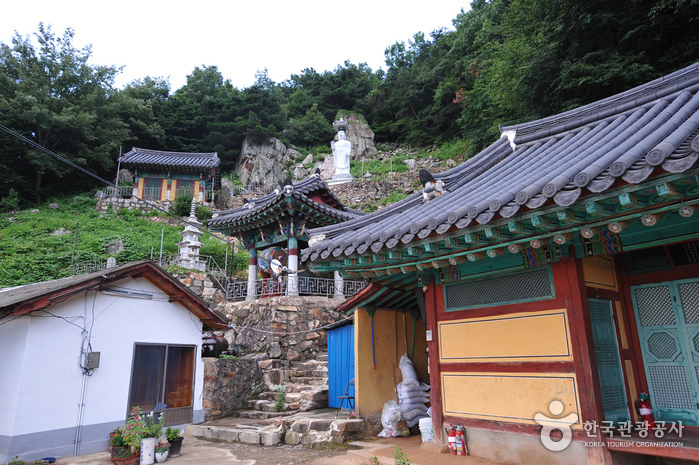
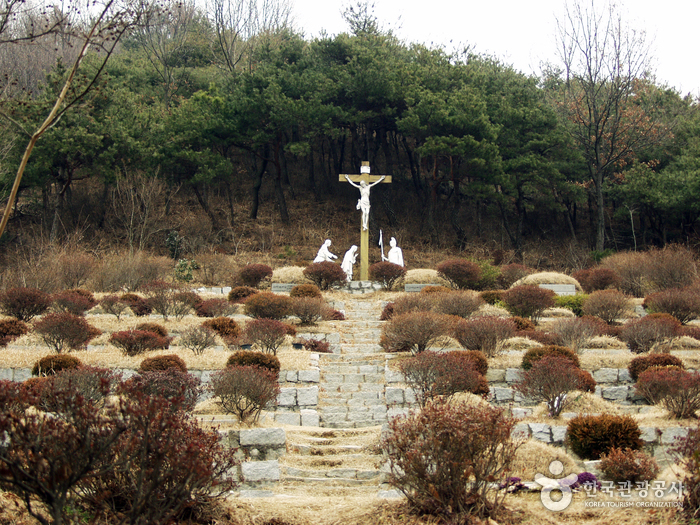
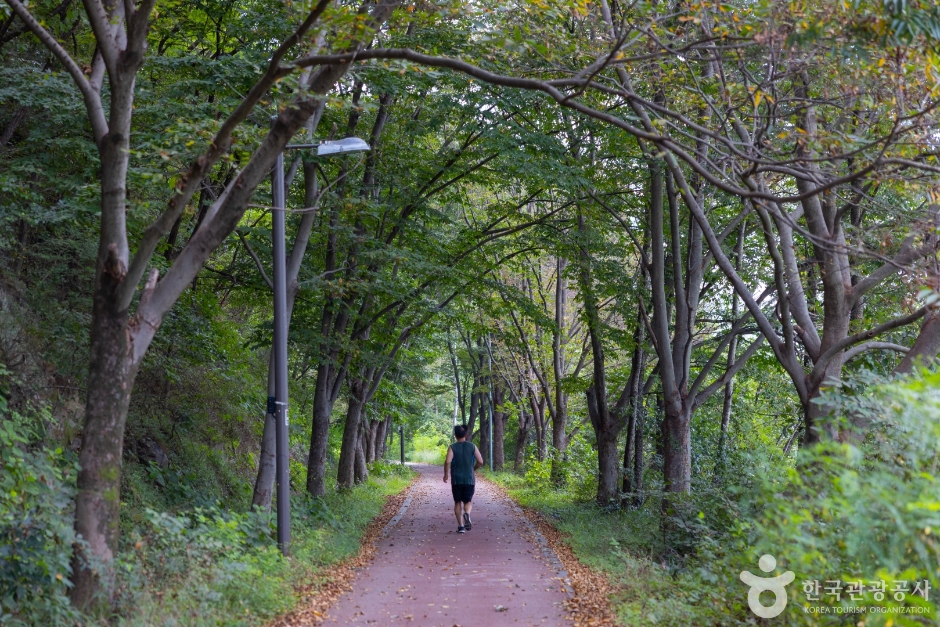
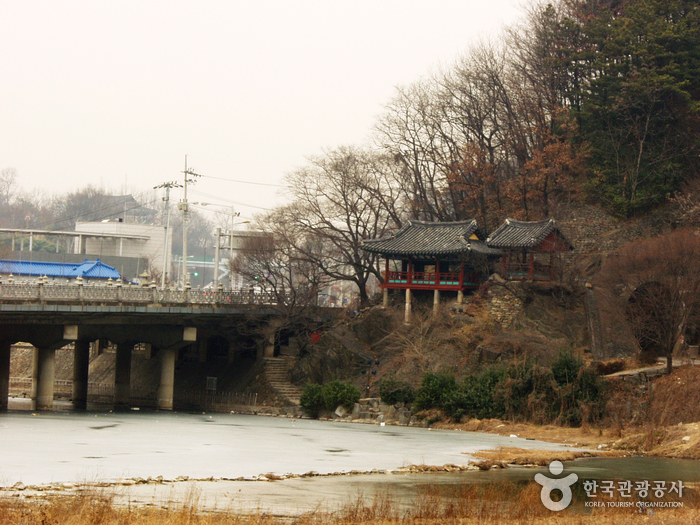

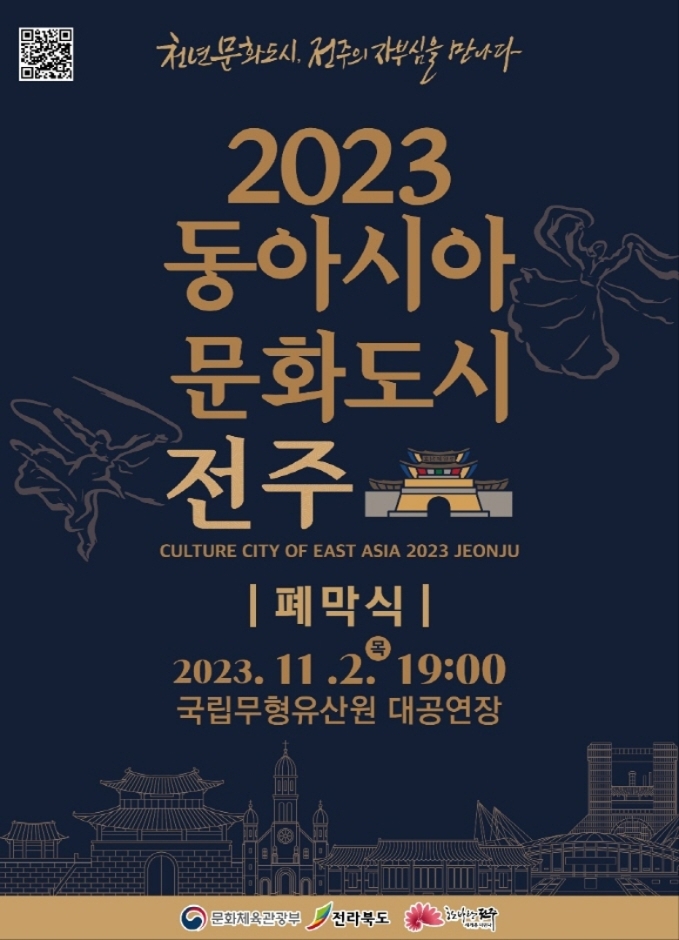
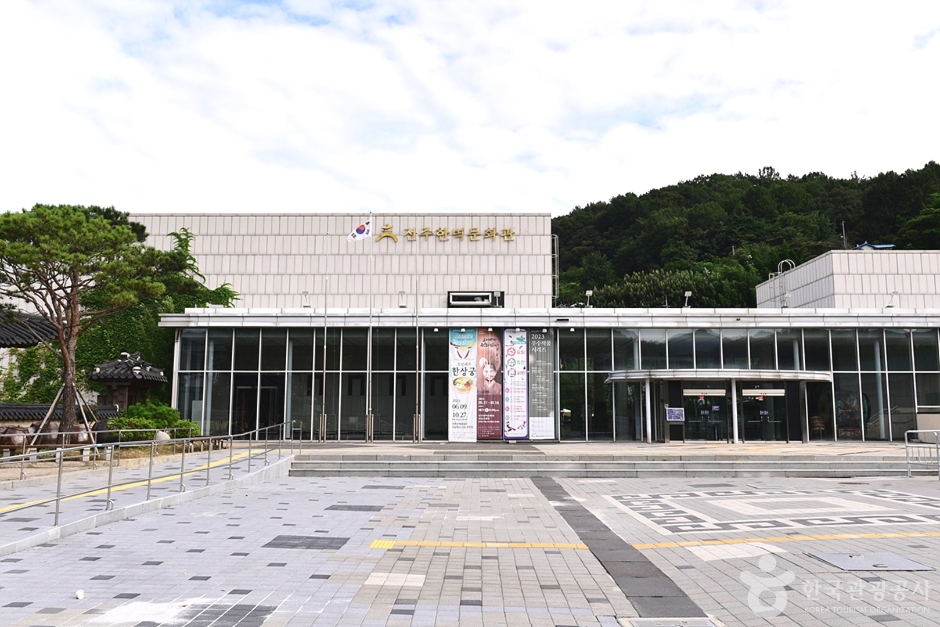
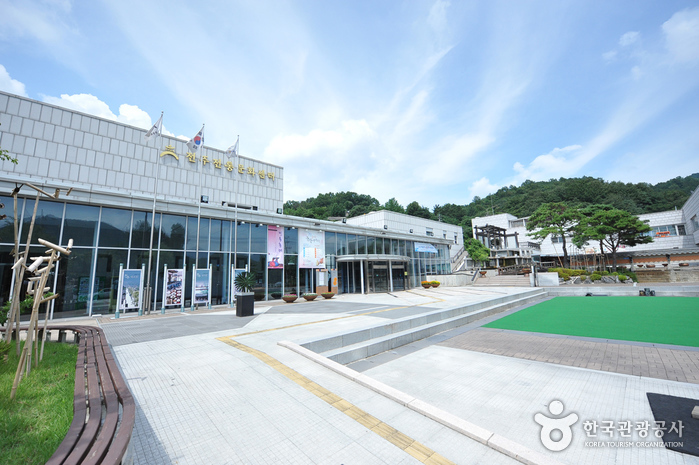
![Today [Korea Quality]오늘[한국관광 품질인증]](http://tong.visitkorea.or.kr/cms/resource/61/2948861_image2_1.jpg)
![Saranggadeuk[Korea Quality] / 사랑가득[한국관광 품질인증]](http://tong.visitkorea.or.kr/cms/resource/57/3022057_image2_1.jpg)
 English
English
 한국어
한국어 日本語
日本語 中文(简体)
中文(简体) Deutsch
Deutsch Français
Français Español
Español Русский
Русский